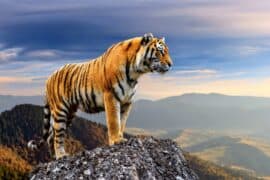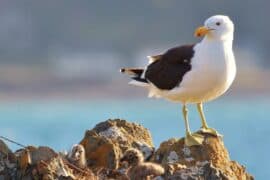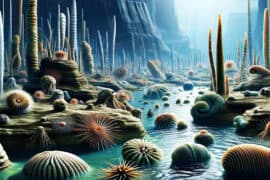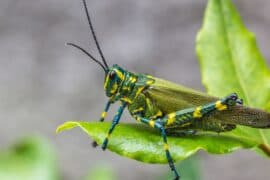Leatherback sea turtle
(Dermochelys coriacea)
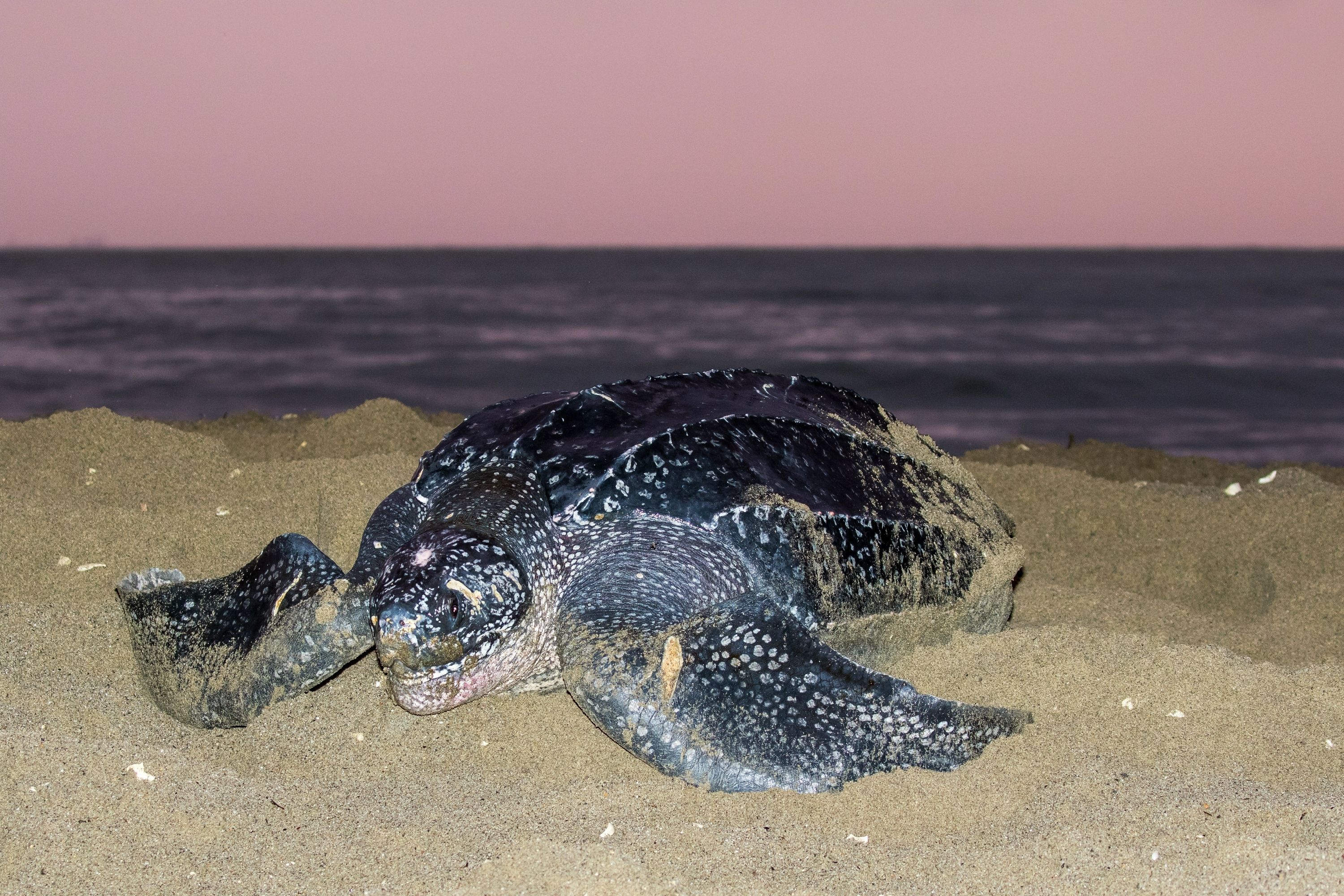
Description
The leatherback sea turtle (Dermochelys coriacea), sometimes called the lute turtle or leathery turtle or simply the luth, is the largest of all living turtles and the heaviest non-crocodilian reptile, reaching lengths of up to 2 metres and weights of 600 kg. It is the only living species in the genus Dermochelys and family Dermochelyidae. It can easily be differentiated from other modern sea turtles by its lack of a bony shell; instead, its carapace is covered by oily flesh and flexible, leather-like skin, for which it is named. Dermochelys coriacea is the only species in genus Dermochelys. The genus, in turn, contains the only extant member of the family Dermochelyidae. Domenico Agostino Vandelli named the species first in 1761 as Testudo coriacea after an animal captured at Ostia and donated to the University of Padua by Pope Clement XIII. In 1816, French zoologist Henri Blainville coined the term Dermochelys. The leatherback was then reclassified as Dermochelys coriacea. In 1843, the zoologist Leopold Fitzinger put the genus in its own family, Dermochelyidae. In 1884, the American naturalist Samuel Garman described the species as Sphargis coriacea schlegelii. The two were then united in D. coriacea, with each given subspecies status as D. c. coriacea and D. c. schlegelii. The subspecies were later labeled invalid synonyms of D. coriacea. Both the turtle's common and scientific names come from the leathery texture and appearance of its carapace (Dermochelys coriacea literally translates to "Leathery Skin-turtle"). Older names include "leathery turtle" and "trunk turtle". The common names incorporating "lute" and "luth" compare the seven ridges that run the length of the animal's back to the seven strings on the musical instrument of the same name. But probably more accurately derived from the lute's ribbed back which is in the form of a shell. The leatherback turtle is a species with a cosmopolitan global range. Of all the extant sea turtle species, D. coriacea has the widest distribution, reaching as far north as Alaska and Norway and as far south as Cape Agulhas in Africa and the southernmost tip of New Zealand. The leatherback is found in all tropical and subtropical oceans, and its range extends well into the Arctic Circle.
Taxonomic tree:



